When it comes to achieving the perfect stir fry, professional chefs know that choosing the right equipment is crucial. So, why is a wok better for stir fry? The answer lies in its unique design, materials, and cooking capabilities. This article dives deep into the world of woks, comparing them to other cookware, addressing common misconceptions, and exploring their extraordinary benefits.
In this article, you will learn about the science behind the wok, how it enhances the cooking process, and why every kitchen professional should consider incorporating a wok into their culinary toolkit.

The Unique Shape and Design of a Wok
The first thing to note about a wok is its distinctive shape. Unlike traditional frying pans, a wok features a rounded bottom, which significantly influences cooking performance. This design allows for quick heat distribution, making it ideal for high-temperature cooking methods like stir frying.
As we all know, stir frying is all about speed. When cooking with a wok, you can maintain a high temperature while easily tossing and turning ingredients, allowing them to cook evenly. This means less time over the stove and more time enjoying the fruits of your labor!
The Importance of Material
When asking why is a wok better for stir fry, another critical factor to consider is the materials used in the construction of a wok. Depending on your needs, woks come in a variety of materials, including carbon steel, cast iron, and non-stick options.
Carbon steel woks are particularly favored by professionals due to their lightweight nature and ability to heat quickly. When seasoned properly, these woks develop a natural non-stick surface, allowing for effortless cooking. Check out this guide on how to care for a wok to enhance its longevity and performance. Cast iron woks, though heavier, offer remarkable heat retention, contributing to an even cooking surface for all your stir fry needs.
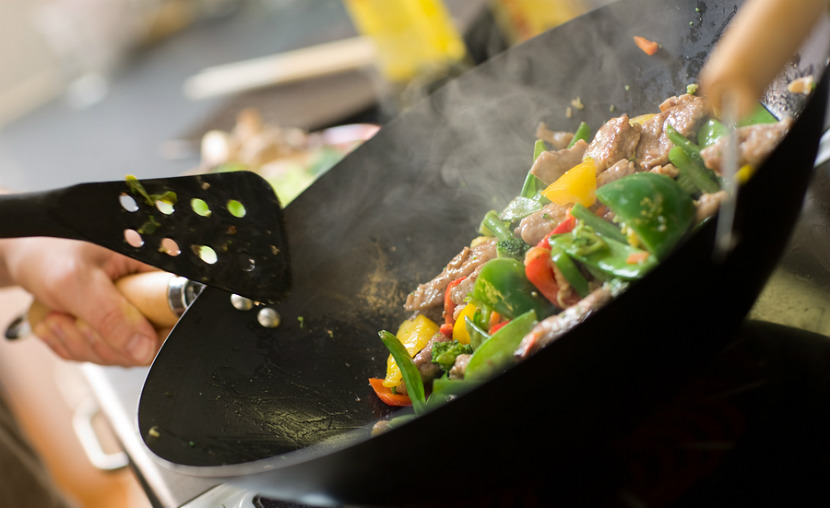
Heat Distribution and Retention
The heat distribution and retention capacity of a wok is yet another vital aspect contributing to its superiority. With a wok, the entire cooking surface reaches high temperatures quickly. This allows food to sear and caramelize beautifully, creating that signature char and flavor often associated with well-executed stir fry dishes.
In contrast, traditional frying pans may struggle to reach and maintain such high temperatures, leading to uneven cooking and a risk of steaming rather than stir frying. Embracing a wok allows chefs to achieve that critical wok hei, the 'breath of the wok,' which infuses unmatched flavor into the food. For more on achieving this, refer to this wok guide for tremendous techniques.
Versatility of a Wok
It's essential to note that woks are not just limited to stir frying. Their versatility is a game-changer in the kitchen. A well-constructed wok can be used for deep-frying, steaming, braising, and even boiling, making it a multi-functional tool that surpasses the abilities of standard frying pans.
Home cooks and kitchen professionals alike will find endless opportunities for creativity with a wok. To learn more about the various uses, check out what you can do with a wok. With just one piece of cookware, you can take on a multitude of cooking tasksmaking it a tremendous asset in any kitchen.
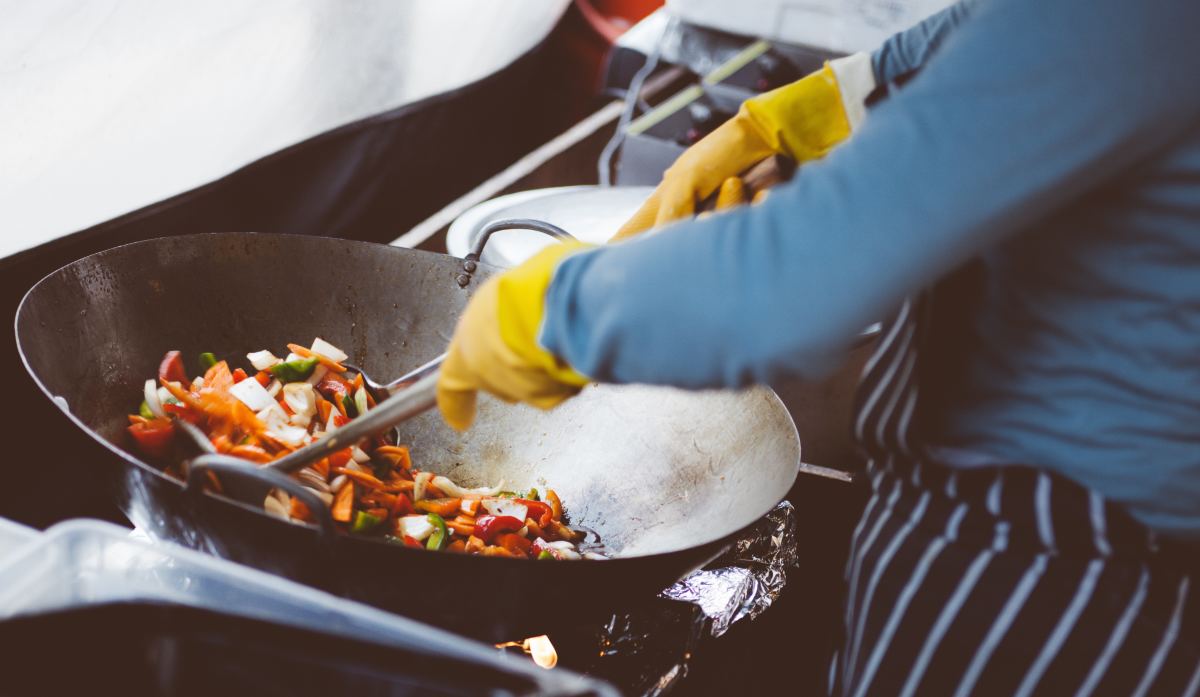
Efficiency and Time-saving Benefits
In a fast-paced kitchen environment, efficiency is key. Using a wok allows chefs to prepare meals quickly without sacrificing quality. The high heat of a wok cooks food rapidly, allowing ingredients to retain their vibrant colors and textures. This speed not only enhances flavor but also keeps your kitchen organized and efficient throughout the cooking process.
Furthermore, with a wok's ability to hold heat effectively, you can even turn off the burner while continuing to toss ingredients for a minute or two, which can be a game-changer during busy meal services. Embracing a wok's efficiency translates to reduced prep time and smoother workflows in any culinary setting.
Cleaning and Maintenance of a Wok
One common misconception about woks is that they require cumbersome maintenance. In reality, cleaning a wok is straightforward and can be done with minimal effort. For instance, after cooking, simply wipe out excess oil with a paper towel, and wash with warm water and a soft sponge. Avoid using harsh detergents, which can strip the seasoning from your wok. For detailed cleaning techniques, see this article on cleaning a wok.
Seasoning your wok regularly is essential. This simple process keeps the cooking surface in prime condition and enhances its non-stick properties. With the right care, your wok can last for years, serving as a reliable partner in your culinary journey.
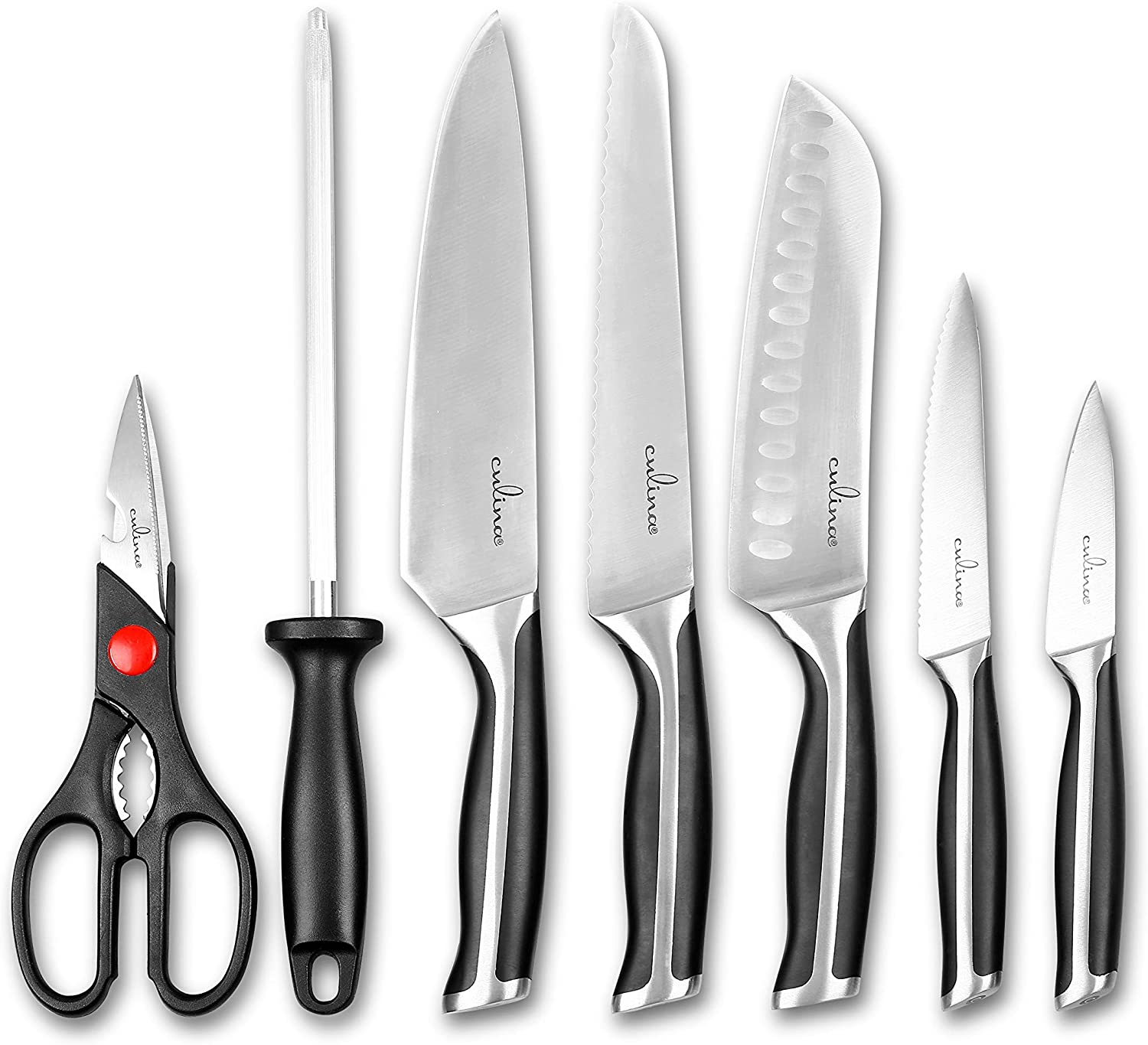
Conclusion: Why Every Kitchen Professional Needs a Wok
To sum up, woks provide a plethora of advantages that make them the go-to choice for stir frying and beyond. From their unique shape and material to their quick heat distribution and remarkable versatility, a wok is undoubtedly a vital tool for every kitchen professional. Embracing the wok means not only refining your cooking skills but also enhancing the quality of your dishes.
If youre still wondering why is a wok better for stir fry, consider the unparalleled flavor, efficiency, and versatility it offers. As you delve deeper into the world of woks, you will quickly recognize the profound difference it can bring to your culinary creations.
Frequently Asked Questions
1. Can I use my wok for deep frying?
Yes, woks are excellent for deep frying due to their deep design, which accommodates oil while allowing food to cook evenly.
2. What type of wok should I buy?
Carbon steel woks are highly recommended for their lightweight and effective heat retention, making them perfect for stir frying.
3. How do I season my wok?
To season your wok, heat it to a high temperature, apply a thin layer of oil, and let it cool. Repeat this process several times for optimal results.
As an Amazon Associate, I earn from qualifying purchases.

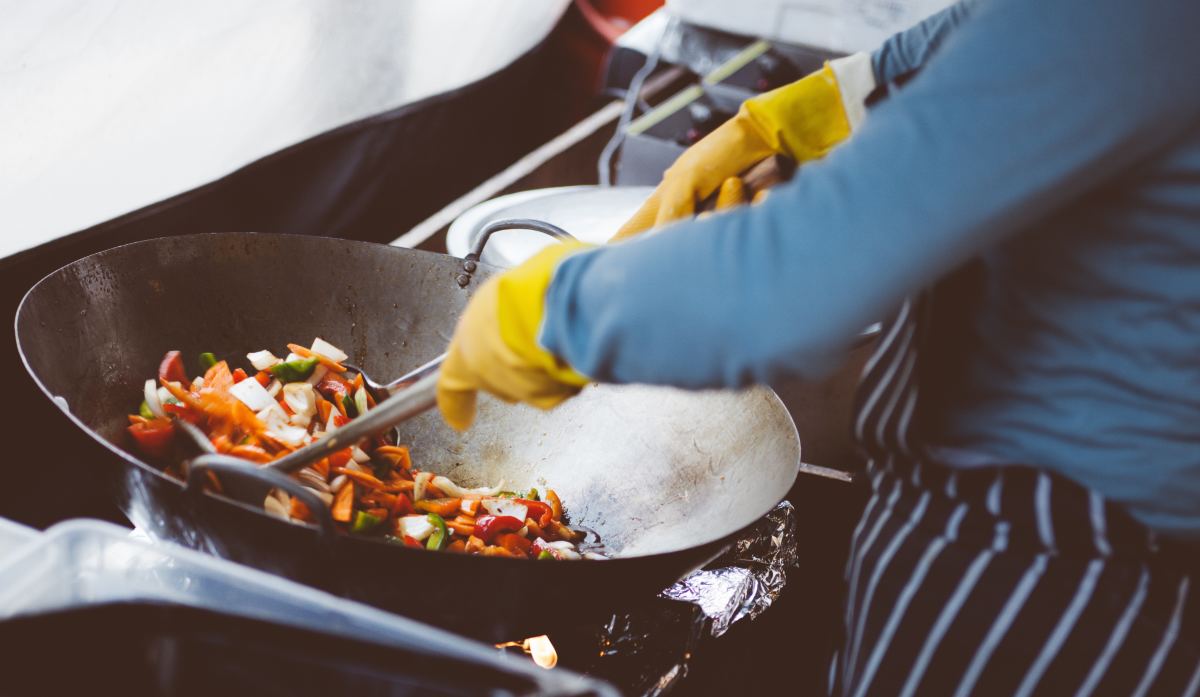


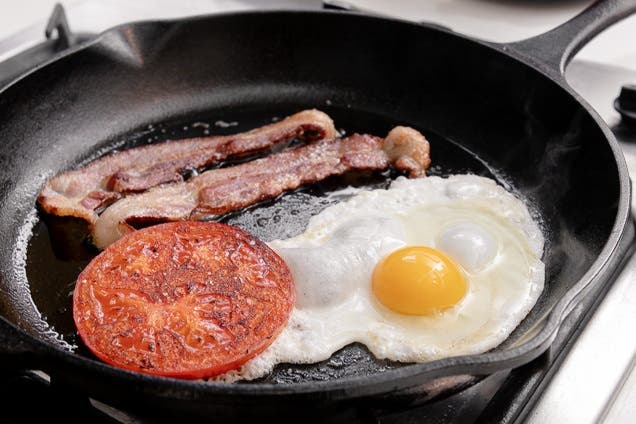
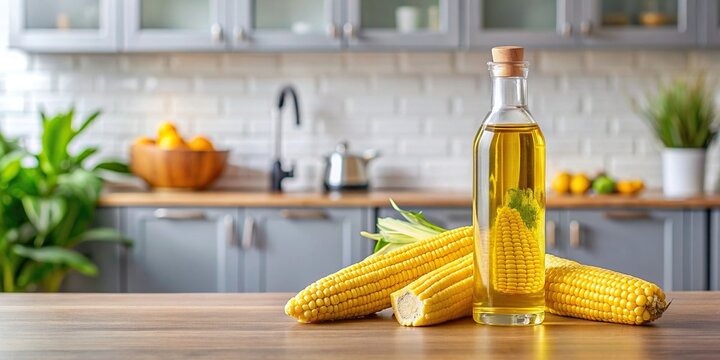
Leave a comment
This site is protected by hCaptcha and the hCaptcha Privacy Policy and Terms of Service apply.